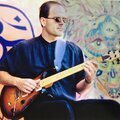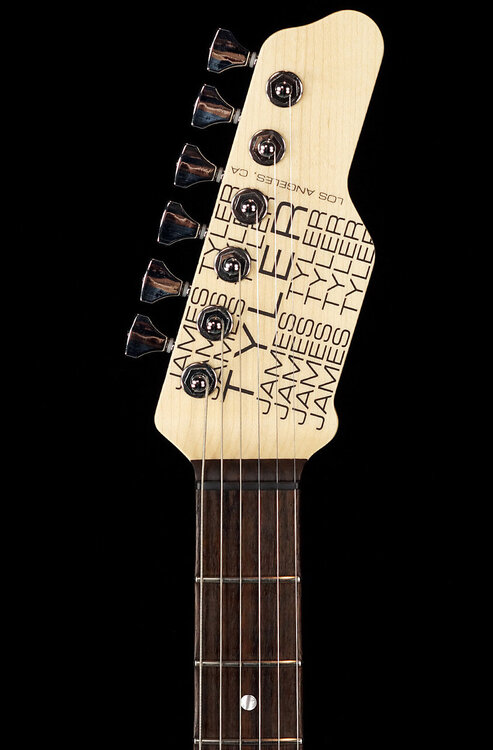-
Posts
1,518 -
Joined
-
Last visited
-
Days Won
316
Content Type
Profiles
Forums
Events
Shop
Posts posted by ezbass
-
-
Fender really did well with developing guitars with definite personalities, different from their siblings, which doesn’t stop with the Tele (my preferred weapon of choice) and the Strat (of which I’ve had quite a few too). The Jazzmaster is different to the Jaguar and the Mustang was very different originally, with its short scale length. Gibson solid bodies, on the other hand, don’t seem so very different in tone IMO. The Les Paul, SG and Flying V (to name just 3) all cover very similar sonic ground; YMMV.
-
Could be the spring behind the saddle or a grub screw not fully in contact with baseplate, it could also be a faulty string.
-
The logo looks wrong for that particular model, more of a combination of the usual logos. Also, ‘inspected and set up in the US’ for for a lowly model seems very unlikely.
-
-
-
Welcome

-
-
-
2 hours ago, EdwardMarlowe said:
it would look much better without what was a very 80s looking logo
It over emphasises the shape IMO. It's perfectly reasonable shape, as seen in the OP, before the logo is added, afterwards... not so much.
-
 1
1
-
-
-
There is precedent for removing the bridge pickup and associated electronics, both Pat Metheny and Tuck Andress did/do this. Try it and, if it's still not right, put it back as was and move it on for something that you get along with.
-
 2
2
-
-
-
-
6 hours ago, randythoades said:
Except having yet another guitar that doesn't get played after the first couple of weeks...!! And then buying a RevStar anyway...
GAS is a cruel mistress, but she's a lot of fun

-
 2
2
-
-
That looks like quite a slim body, should certainly help with the usual LP style guitar weight.
-
 1
1
-
-
You really can’t go wrong for that money. Pics as soon as please.
-
You could lay down a groove using an octave pedal and looper, but this starts to veer into pre-programming territory.
-
‘59 Bassman reissue, I had one of these and it was the best sounding amp I ever owned. Really loud and tone to die for. I fitted a master volume mod, which made it more manageable.
-
Ooh, nice! Significantly cheaper than GG for the same guitar (-£80). I’ve always fancied one with P90s, but have no need for another guitar, I don’t even play the 2 electrics I already have much at all. However, as we know, that’s not how GAS works.
-
 1
1
-
-
Love that Ibanez double cut look, takes me right back to the ‘70s. Maybe not to everyone’s taste, but check out the Yamaha Revstar range, these really fly under the radar, but seem great and even have a couple of high profile users: Chris Buck & Matteo Mancuso.
-
 1
1
-
-
All guitars can be clean and glassy, but single coils are probably more favourable as they normally lack that mid range grunt of humbuckers. Dad’s recommendation of P90s would be mine too as they’re my favourites.
-
2 NGDs in the space of a week, good work!


 Love the paint job on the T type.
Love the paint job on the T type.
-
 1
1
-
-
2 hours ago, Chronikus said:
discomfort in the fretting arm/hand
Possibly squeezing too hard, relax a little and don't overdo it. Little and often is better than big sessions. I see that you're using your thumb for the E string in the video and this may be a contributing factor to your discomfort. Whilst there is a place for using your thumb for big stretches and wide chord voicing, it's not normally a good habit to start with. I'd use my index finger for that note, in this instance.
2 hours ago, Chronikus said:problem is timing
That'll come with practise, try slowing things down to start with.
-







Eyup from Teesside
in Introductions
Posted